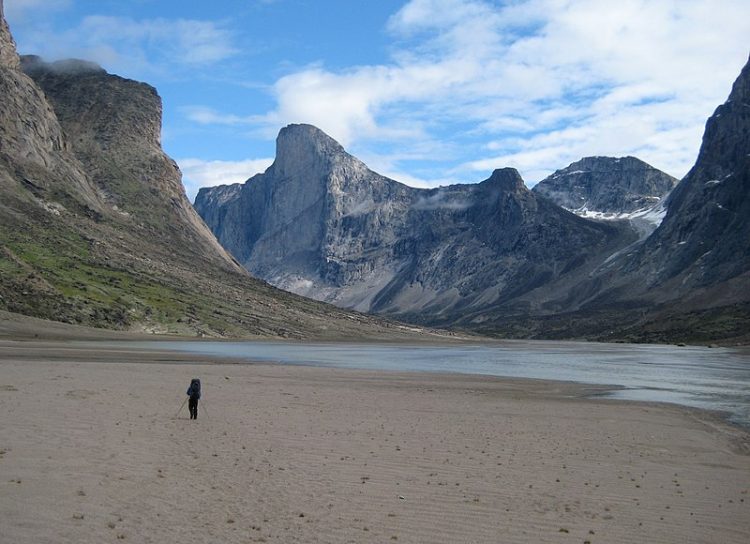Mount Thor – The World’s Tallest Vertical Rockface

Named after the Nordic god of Thunder, Mount Thor is the world’s tallest vertical rockface, which also makes it one of the most difficult rock formations to climb. A part of the Auyuittuq National Park, on northern Canada’s remote Baffin Island, Mount Thor isn’t the park’s tallest peak, but it is definitely the most intimidating, […]
31-Year-Old Becomes First Person to Climb Yosemite’s El Capitan with No Ropes
Alex Honnold, a 31-year-old mountain climber from Northern California, recently became the first person ever to climb the 3,000-foot high El Capitan granite wall in Yosemite National Park, without any ropes or other safety equipment. Hannold pulled-off the historic, death-defying “free solo” climb on Saturday, June 4th, reaching the top of El Capitan in just 3 hours […]
The Amazing Story of a Blind Professional Photographer and Rock Climber
Justin Salas was only 14 when he lost his sight almost completely and was declared legally blind. Now 22, the ambitious young man is a living example that nothing is impossible – even though he can’t see, Justin is a professional photographer and skilled rock climber. Justin’s blindness wasn’t the result of an unfortunate accident […]
Svolværgeita: Jumping the Goat’s Horns in Norway

Up until a century ago, the Svolværgeita or Goat’s Horns rock tower had never been conquered, but these days not only has it become one of the most popular climbing pinnacles in Norway, but thrill-seeking mountaineers defy death by jumping between its granite horns. Goat’s Horns peak was first climbed in 1910 by Carl Rubenson, Alf B. Bryn, […]
